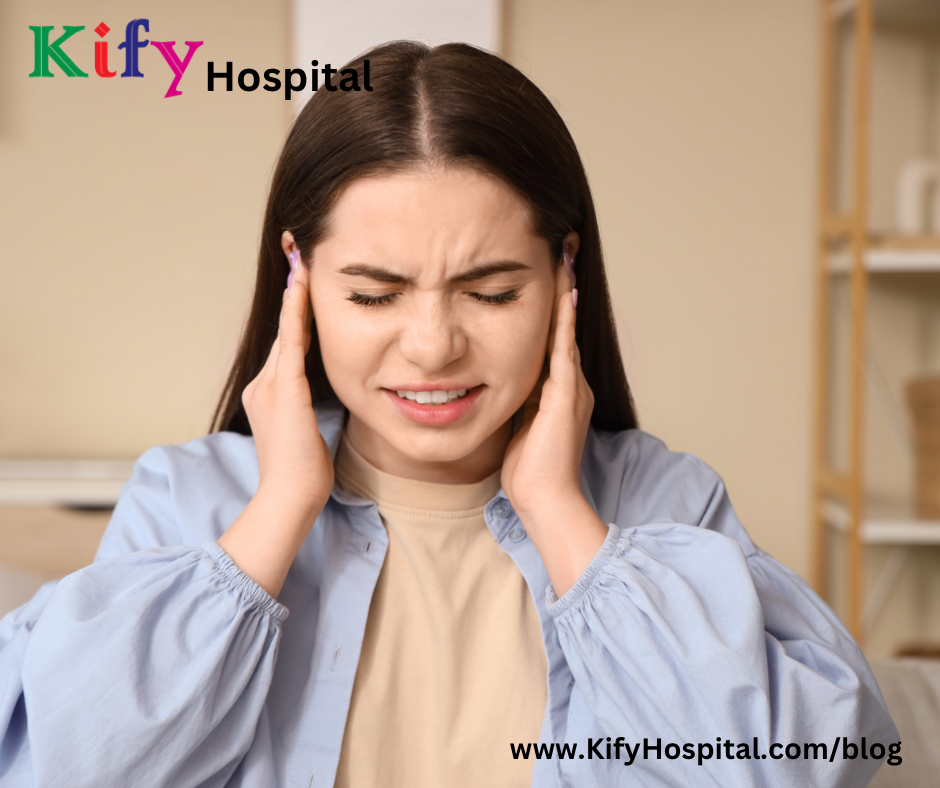Low Blood Pressure (Hypotension)
- Dr. Karuturi Subrahmanyam

- May 13
- 2 min read
Updated: May 23

Introduction
Low blood pressure, also known as hypotension, occurs when your blood pressure drops below the normal range, usually less than 90/60 mmHg. While it may not always be dangerous, it can cause uncomfortable symptoms and, in some cases, may indicate an underlying health issue.
Causes of Low Blood Pressure
Low BP can be caused by several factors, including:
Dehydration: Not drinking enough water can reduce blood volume.
Heart conditions: Slow heart rate, heart attack, or heart failure.
Endocrine problems: Thyroid disorders, adrenal insufficiency, low blood sugar.
Severe infection (septicemia): Can lead to dangerously low BP.
Blood loss: From injury or internal bleeding.
Nutritional deficiencies: Lack of vitamin B12 or folate.
Certain medications: Such as diuretics, beta-blockers, antidepressants, or drugs for Parkinson’s disease.
Pregnancy: Hormonal changes can temporarily lower BP.
Postural (orthostatic) hypotension: Drop in BP when standing up suddenly.
Postprandial hypotension: Drop in BP after meals, especially in older adults.
Common Symptoms
Not everyone with low BP has symptoms, but common ones include:
Dizziness or light-headedness
Blurred vision
Fatigue
Nausea
Fainting (syncope)
Cold, clammy skin
Difficulty concentrating
Shallow or rapid breathing
Diagnosis
Doctors usually diagnose low BP through:
Blood pressure measurement using a digital or manual monitor.
Detailed medical history and physical examination.
Orthostatic BP readings (lying down, sitting, standing).
Blood tests – to check for anemia, low blood sugar, or hormonal issues.
Electrocardiogram (ECG) – to rule out heart-related causes.
Echocardiogram or stress test – in some cases, if heart disease is suspected.
Treatment
Treatment depends on the cause and severity. Common medical approaches include:
Increasing salt intake (if advised by your doctor).
Drinking more fluids, especially water.
Compression stockings – to prevent blood pooling in the legs.
Medications such as fludrocortisone or midodrine in chronic cases.
Treating the underlying cause, such as changing medications or managing endocrine issues.
Natural Home Remedies and Lifestyle Tips
While medical supervision is essential, some natural tips may help manage low BP:
Stay hydrated: Drink at least 2–3 liters of water daily.
Eat small, frequent meals: Large meals can lower BP post-meal.
Add salt (with medical advice): Slightly increasing salt can raise BP.
Licorice tea: May help raise BP naturally.
Coffee or tea: Caffeine can temporarily increase BP.
Wear compression stockings: Helps blood circulation.
Avoid sudden position changes: Stand up slowly from sitting or lying.
Exercise regularly: Walking, yoga, and light aerobics improve circulation.
Avoid alcohol: It can lower BP further.
Include potassium-rich foods: Bananas, spinach, sweet potatoes.
When to See a Doctor
Seek medical help if:
You faint frequently.
You have persistent dizziness or fatigue.
Your BP is consistently below 90/60 mmHg.
You experience chest pain, breathlessness, or irregular heartbeat.
Summary
Low BP isn’t always serious, but if it causes symptoms or affects daily life, it’s important to find the cause and manage it properly. With lifestyle changes, home remedies, and consulting doctor when needed, you can maintain healthy blood pressure and avoid complications.
Dr. Karuturi Subrahmanyam, MD, FRCP (London), FACP (USA)
Internal Medicine Specialist
Kify Hospital
Danavaipeta
Rajahmundry
Phone : 85000 23456




Comments